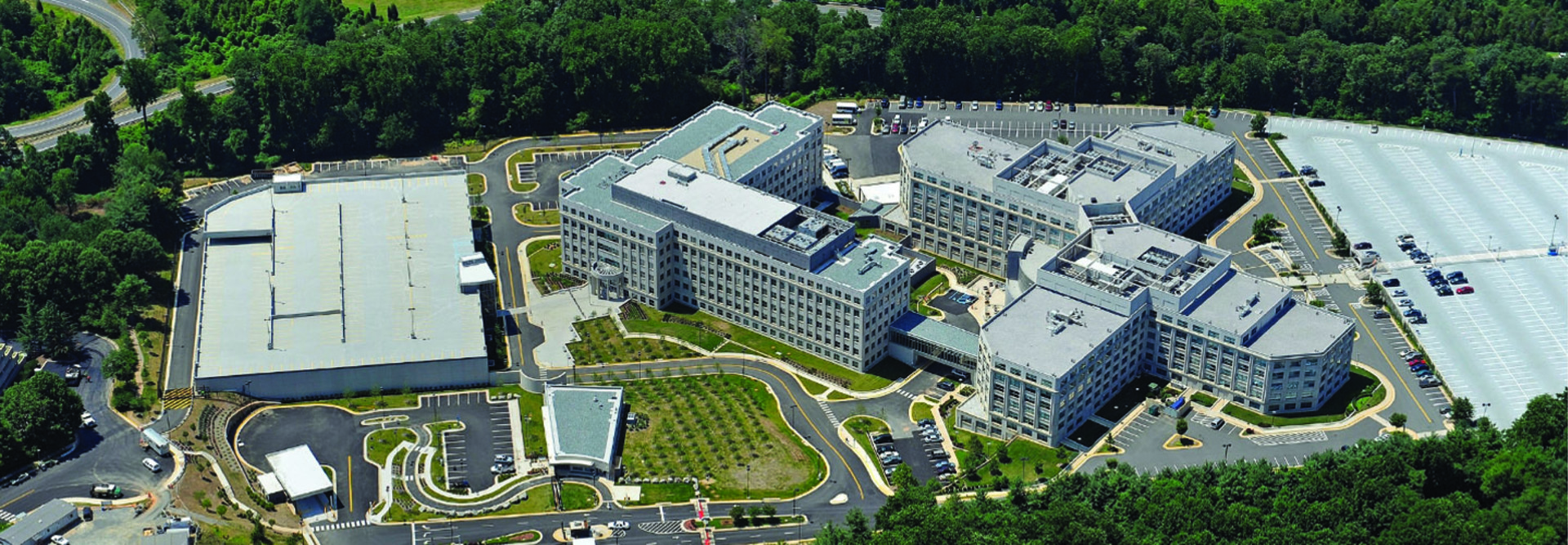Industry Partner Input Needed to Keep IC Investment on Point
Other introductory statements note that the investment landscape document continues intelligence community (IC) efforts to link its needs with those of industry partners, academia and other technology experts to ensure U.S. national security.
The document has also been a proven mechanism for relaying IC challenges to prospective problem-solvers and positioning the community to address future challenges, its writers state.
“Awareness of mission-related challenges is key to renewing and ensuring our nation’s intelligence advantage, and this Landscape is one way the IC can engage with a range of stakeholders on our anticipated problems to create the community of the future,” writes John Beieler, director of the ODNI’s science and technology office.
“The Landscape documents IC challenges and relays them to prospective solvers, and has been a proven mechanism for positioning the IC to address future challenges,” he adds.
LEARN MORE: The CIA’s new CIO has plans for modernizing the agency’s capabilities.
IC Needs Fall into Four Categories
The IT needs listed in the document are broken up into four categories:
- IC-wide analytic tools and methodology challenges, such as finding ways to avoid bias in artificial intelligence (AI) and machine learning tools
- IC-wide science and technology needs that are best served by a single program manager — for example, learning more about tools that can be used to develop more than one type of weapon of mass destruction
- Multiple IC-wide science and technology needs best addressed by several IC program managers, such as analysis of nation-state instability and the risks it poses to U.S. citizens and interests
- Cross-cutting science and technology challenges that require wider government participation
Tasks that require that wider participation include the development or enhancement of methods to “aggregate, analyze, and/or share financial data,” which could apply to multiple technology domains, including AI, computing, data and forensics.
Needs in that category are often cross-disciplinary and fall under the purview of multiple national intelligence programs.
The landscape document notes that the ODNI Science and Technology Group will “seek to drive and champion a number of these needs, subject to budgetary and staffing constraints, across the IC through FY2026.”
DIVE DEEPER: New cybersecurity rules also apply to the intelligence community and the DOD.
Sharing Information Is Key to Better Investment
According to an analysis by FCW, the landscape document “marks a shift in how the intelligence community looks to track technology research by making it more traceable not only to missions but to the person on the government side who owns the challenge and whether or not they will have to work with other program managers within the IC or across government.”
The analysis also notes that the IC’s needs are greatest in AI, data, cyber, computing and sensor capabilities.
Dustin Gard-Weiss, the ODNI’s deputy director of national intelligence for policy and capabilities, elaborates on this in the document:
“To best posture the U.S. Intelligence Community (IC) to meet future challenges,” he writes, “today’s decision makers must anticipate over-the-horizon threats to our national security and marshal an integrated, collaborative and systematic approach to driving community investment in science and technology.
“The landscape plays a critical role in sharing key information with industry partners, researchers and other technology developers whose expertise and agility will significantly augment the IC’s ability to continuously field cutting-edge capabilities in the present and coming era of rapid and disruptive technological change.”











